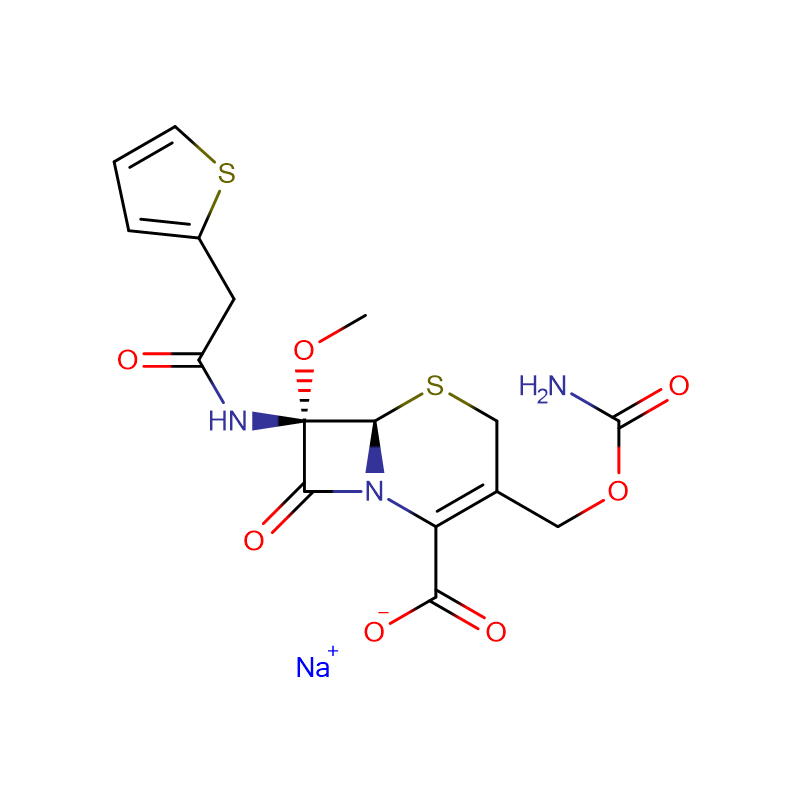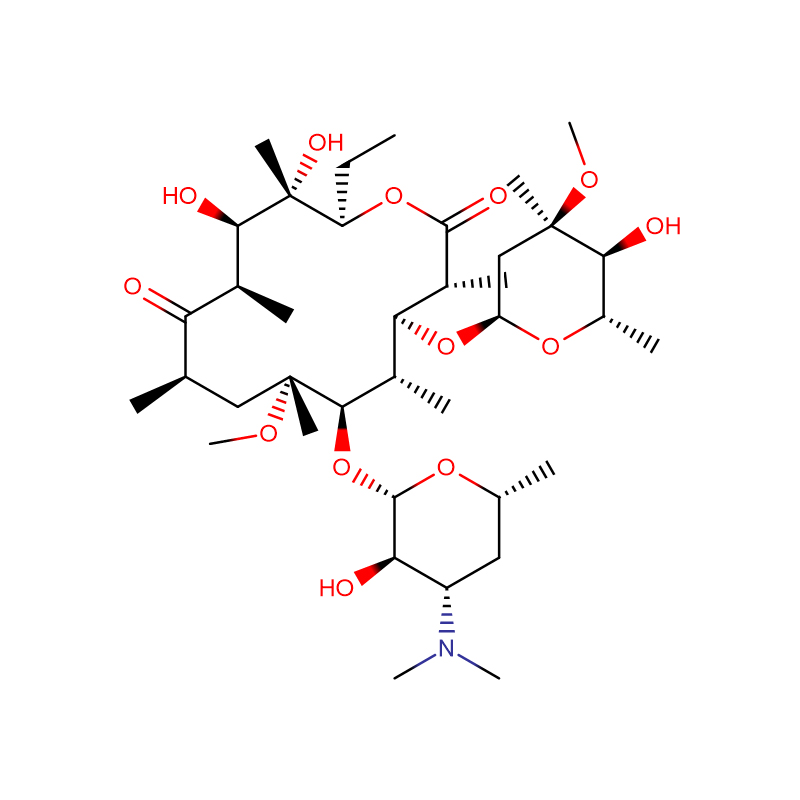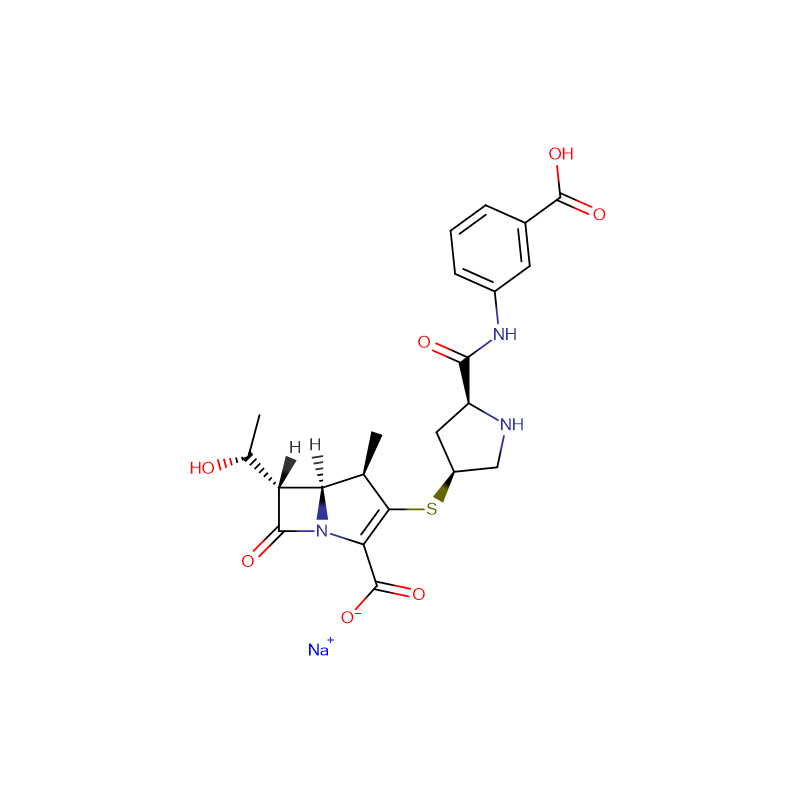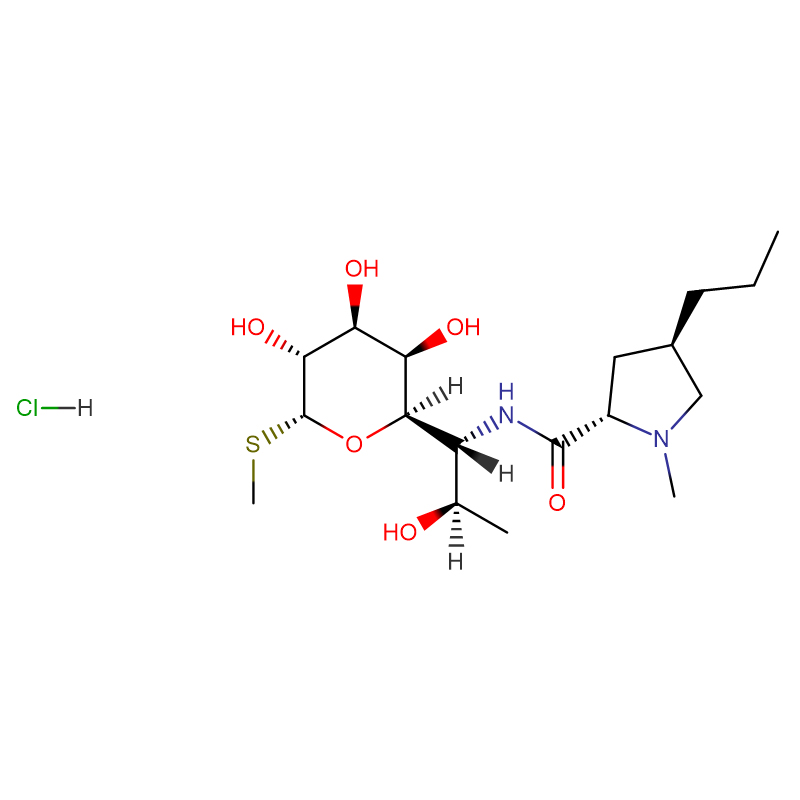Doxycycline hyclate CAS:24390-14-5 99% Yellow crystalline powder
| Catalog Number | XD90368 |
| Product Name | Doxycycline hyclate |
| CAS | 24390-14-5 |
| Molecular Formula | C22H24N2O8·HCl·0.5C2H6O·0.5H2O |
| Molecular Weight | 512.94 |
| Storage Details | 2 to 8 °C |
| Harmonized Tariff Code | 29413000 |
Product Specification
| Impurity A | <2% |
| Impurity B | <2% |
| Specific rotation | -105 to -120 |
| pH | 2-3 |
| Impurity C | <0.5% |
| Impurity D | <0.5% |
| Loss on Drying | 1.4-2.8% |
| Assay | 99% |
| Residue on Ignition | <0.4% |
| Absorbtivity | 300-335 |
| Any other single impurity | <0.5% |
| Appearance | Yellow crystalline powder |
| Impurity F | <0.5% |
| Impurity E | <0.5% |
| Ethyl Alcohol | 4.5 - 6% |
| Absorbency of impurity | <0.07% |
Biofilm formation on dental abutment may lead to peri-implant mucositis and subsequent peri-implantitis. These cases are clinically treated with antibiotics such as doxycycline (Doxy). Here we used an electrochemical method of cathodic polarization to coat Doxy onto the outer surface of a dental abutment material. The Doxy-coated surface showed a burst release in phosphate-buffered saline during the first 24 h. However, a significant amount of Doxy remained on the surface for at least 2 weeks especially on a 5 mA-3 h sample with a higher Doxy amount, suggesting both an initial and a long-term bacteriostatic potential of the coated surface. Surface chemistry was analyzed by x-ray photoelectron spectroscopy and secondary ion mass spectrometry. Surface topography was evaluated by field emission scanning electron microscopy and blue-light profilometry. Longer polarization time from 1 h to 5 h and higher current density from 1 to 15 mA cm(-2) resulted in a higher amount of Doxy on the surfa ce. The surface was covered by a layer of Doxy less than 100 nm without significant changes in surface topography. The antibacterial property of the Doxy-coated surface was analyzed by biofilm and planktonic growth assays using Staphylococcus epidermidis. Doxy-coated samples reduced both biofilm accumulation and planktonic growth in broth culture, and also inhibited bacterial growth on agar plates. The antibacterial effect was stronger for samples of 5 mA-3 h coated with a higher amount of Doxy compared to that of 1 mA-1 h. Accordingly, an abutment surface coated with Doxy has potential for preventing bacterial colonization when exposed to the oral cavity. Doxy-coating could be a viable way to control peri-implant mucositis and prevent its progression into peri-implantitis.








